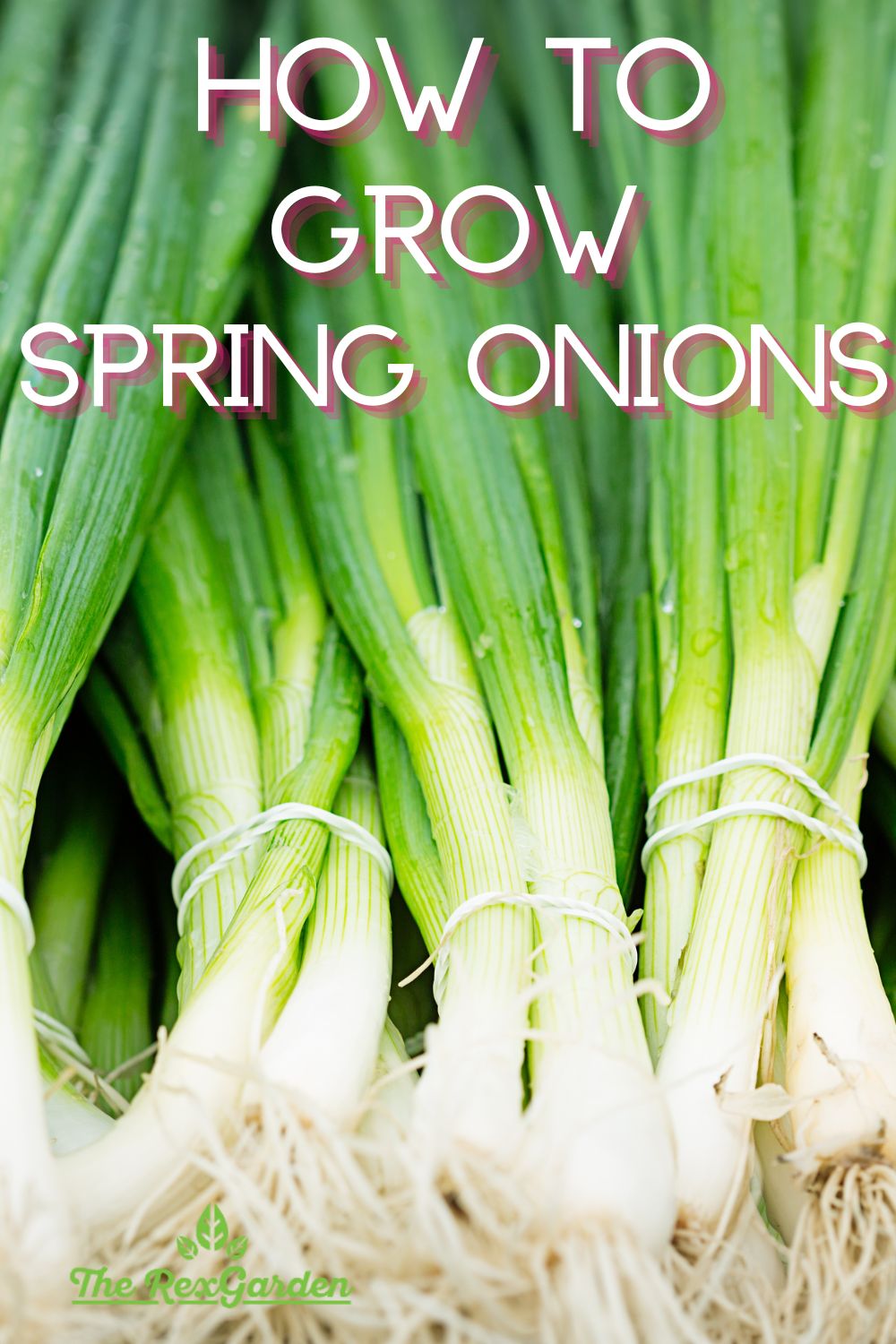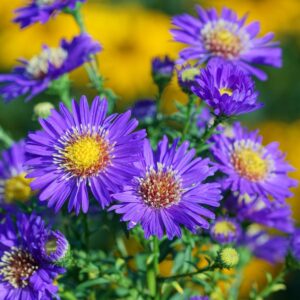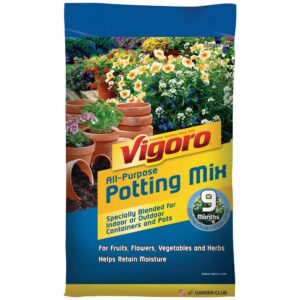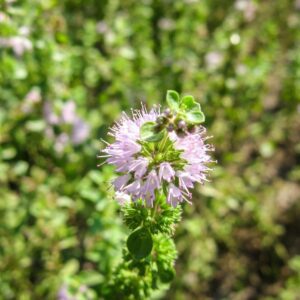Spring onions are crisp and refreshing, they are full of flavor and packed with vitamins and minerals needed for our daily nutritional needs.
Spring onions have multiple varieties that offer different levels of onion flavor. The bulb of the onion is either white, yellow, or red and tastes like a mild onion. The bulb is great for adding flavor and texture.
The leaves of the spring onion are long and green. This part of the spring onion adds color and texture to any dish. The leaves are mild and taste like a shallot.

Read Next
Why Should You Grow Spring Onions?
Spring onions are delicious when added to soups, pasta, tacos, and sauces. They add a trifecta of color, flavor, and texture which makes them a great addition to almost any recipe.
Spring onions are not always available in stores, and growing them at home can come in handy when you want to liven up a dish.
Use them either cooked or raw, depending on how you want the dish to taste. Cooked spring onions will be softer with a more mild flavor, while raw onions are crisp and zesty.
How Do You Grow Spring Onions?
When you are ready to grow your own spring onions, first you want to choose which type of spring onions you want to grow! Start by visiting your local nursery or hardware store to buy seeds, sets, or slips.
Growing From Seeds
Growing your spring onions from seeds can be started indoors or outdoors. If planting them directly into the soil outside, be sure the temperature is above freezing and the ground can be worked.
Spring onions need to be placed about eight inches deep and four inches apart to grow efficiently. Be sure to water the seeds after they have been planted, and continue to water them regularly.
Growing From Sets
A set of spring onions are dried bulbs that were sown and harvested while young. They are planted similarly to seeds, but grow much faster and will produce onions within a few weeks.
Plant sets between four to six inches apart, but only four inches deep. Since they are not growing from the seed they don't need to be placed as deep into the soil as seeds.
When planting sets, be sure to plant them with the pointed side upwards. If they are upside down, they will not grow. Once they are planted, top them with soil and add a bit of water, but not enough to make them soggy.
Sets will grow within a few weeks and be ready for harvesting in about two months.
Growing From Slips
Slips are seedlings that are a few inches long, they grow faster than seeds, but not as quickly as a set. Their harvest time falls right in the middle of each.
Plant slips about four inches apart from each other with the root pointed downward. Cover them with soil and add enough water to saturate the soil.
Seeds, sets, and slips all require a sunny growing spot that gets at least six hours of sun per day. They should be planted before the first frost, in soil that is free from rocks or debris.
Keep your spring onions moist, but do not drown them in water. Once they are spouted, add a layer of mulch and fertilizer to help them grow strong and healthy.
When To Harvest
Harvest your spring onions when they are at least 4 inches tall. You can clip the tops of them to use immediately. Clipping the tops allows the onions to continue to grow.
If you want to do a full harvest of your onion crop, pull them when they are about 8 inches tall and half an inch wide.
Spring Onion Pests and Diseases
All things in nature have a natural enemy! Spring onions should be monitored while they are growing because they also have things that can take over and ruin them.
Be on the lookout for anything that can cause your onions to be compromised. Bugs and diseases can easily (and quickly) wipe out your whole harvest.
Slugs, onion maggots, allium leafminers, and thrips are all types of pests that should be looked for and deterred before they do too much damage.
If you notice any pests on or around your spring onions, use insecticidal soap or neem oil to help get rid of them.
Scallion Vs Spring Onion
Many people confuse scallions with spring onions. While they may look similar while they are growing, scallions do not contain a full bulb at the base.
A spring onion has a full bulb at its base that grows between 1 to 2 inches in diameter.
Types of Spring Onions
There are a few varieties of spring onions to grow at home. When you are ready to add them to your garden, be sure to know which variety you will favor most!
White Lisbon
White Lisbon onions are great in salads, they are perfect when eaten raw and have a refreshing and earthy flavor. These onions grow quickly, which is perfect for anyone who wants rapid results.
Pompeii
Pompeii spring onions are easy-to-grow spring onions than can be started indoors and finished in a window box or container. They are great for pickling and grow to be about 12 inches tall.
Apache
Apache spring onions are a type of red onion that mild and crisp. They grow well with mint and can also be started indoors. They add color and texture to salads, sandwiches, and soups.
Feast F1 Hybrid
Feast F1 Hybrid onions grow well in hot weather and are resistant to certain types of mildew. They are top-rated spring onions and add an extra layer of mild flavor to any dish.



Have You Grown Spring Onions?
Have you ever grown delicious spring onions? Which variety did you choose for your garden? We would love to know how they turned out and if you will grow them again! Let us know all about your experience with growing your spring onions in the comments below!





Comments
No Comments